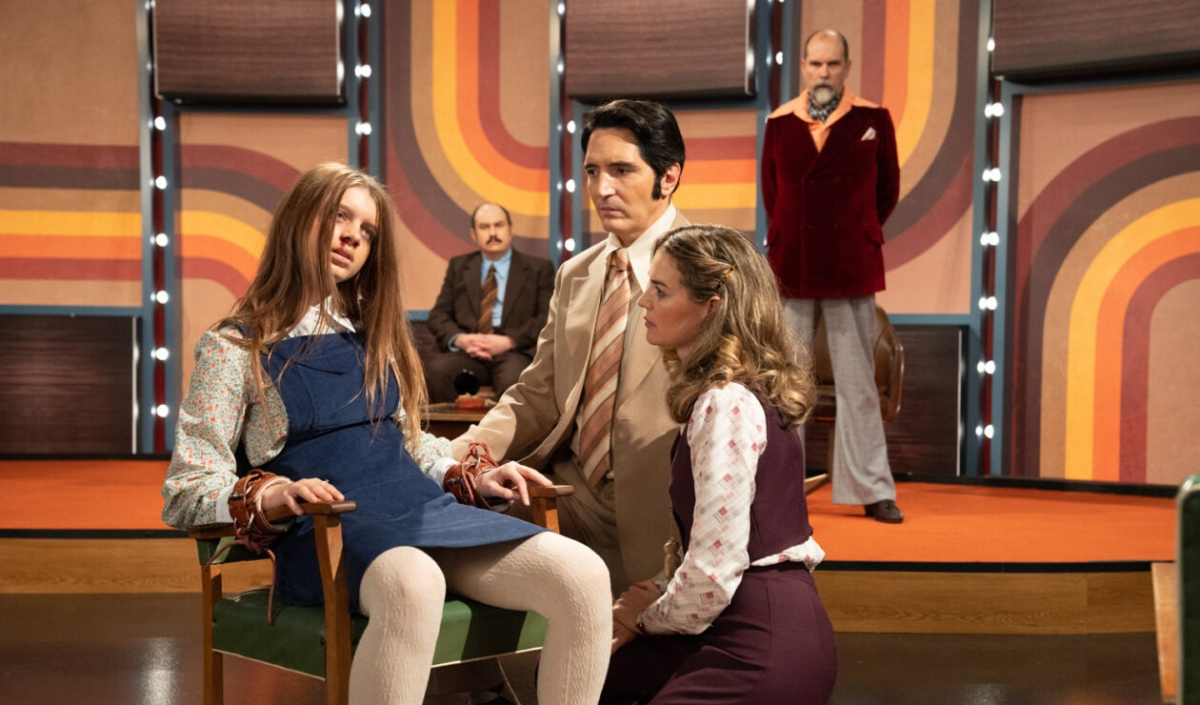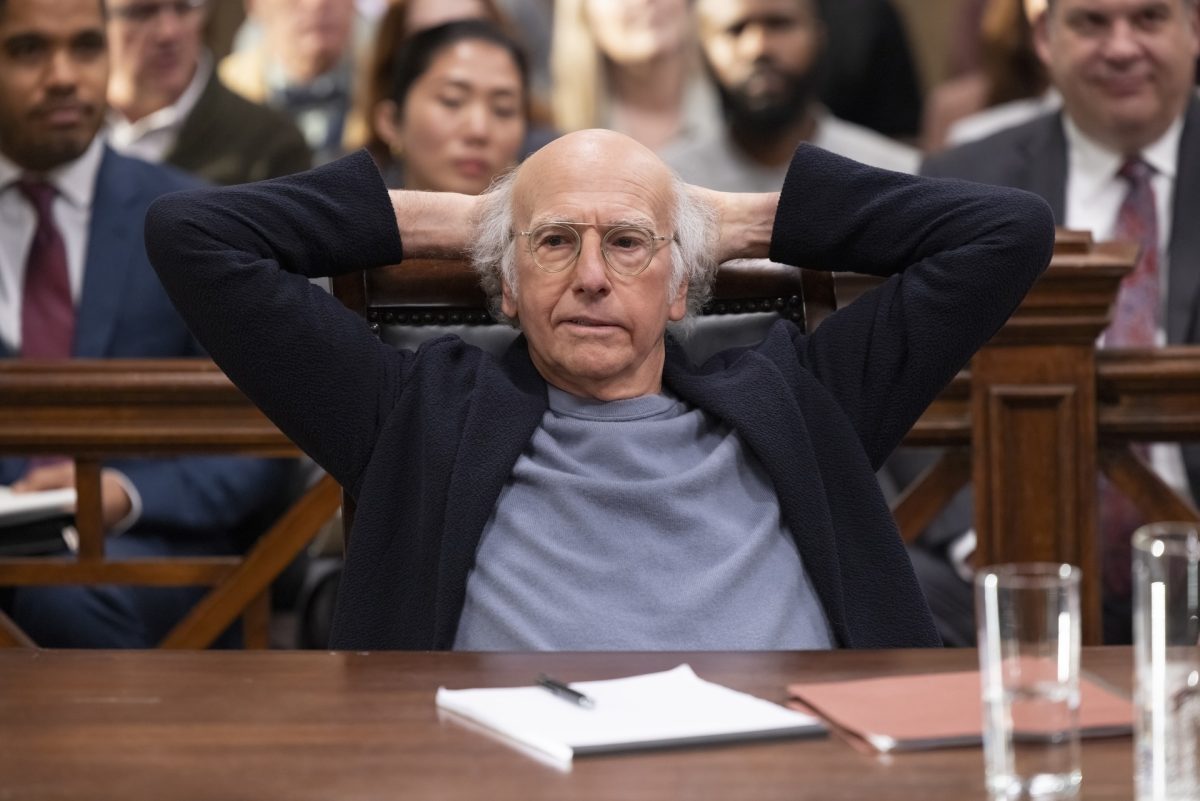Surrealism is usually a cinematic touch that rubs me the wrong way; something about the level of self-indulgence and intentional audience disconnect is simply grating. But Leos Carax’s “Holy Motors,” a squirmy conceptual oddity, is the exception to that rule, a strangely touching but elusive film that works entirely because of its stylistic audacity.
Denis Lavant gives a dazzling performance as Oscar, a man who spends his days in a limo, driving between appointments that require him to slip in and out of different lives at a moment’s notice. Lavant plays a stunning 11 roles, each of them distinct in appearance and demeanor. It is fascinating to watch Lavant physically and emotionally transform himself throughout the film, going from a distant father and a murderous gangster to a flower-devouring troll with impressive ease.
Other actors come and go based on which scenario Oscar is in, and the only constant is Edith Scob, who does warm work as Oscar’s driver. Also worth mentioning is a lovely interlude toward the end of the film where Oscar interacts with a woman played by Kylie Minogue, who gives an unexpectedly tender performance, tinged with regret. Once it becomes clear why Carax chose Minogue for the small role, it makes for one of the boldest moments in “Holy Motors.”
Director Carax brings astounding amounts of creativity to “Holy Motors,” and each of the different scenarios Oscar finds himself in stands out, if not in concept then in execution. A moment in which he works in a motion capture studio is acrobatic and erotic, unabashedly strange, and one of the early scenarios where Oscar transforms into a repugnant sewer creature to kidnap a model (Eva Mendes) is a burst of slimy creativity. A mid-film musical number is also an absolute blast, a great shot to the heart to energize audiences for the rest of the film. The film’s final scene, which doesn’t feature a single human character, is a surreal little punch line.
“Holy Motors” certainly won’t be a film that everyone enjoys, and even fewer will understand it. There are an endless number of ways to interpret many of the film’s flourishes. It’s hard not to see a parallel between the way Oscar experiences the key moments in so many different lives and the very art of cinematic acting, a profession in which reality becomes a lie agreed upon by all its participants. No matter how you read it, “Holy Motors” is never boring, driven by Lavant’s excellent performance and the lush, well-rounded direction from Carax, making it one of the most unique — and downright excellent — films of the year.
“Holy Motors” opens this weekend at the South Lamar Alamo Drafthouse.
Printed on Friday, December 6, 2012 as: Surrealist flick sure to satisfy





















